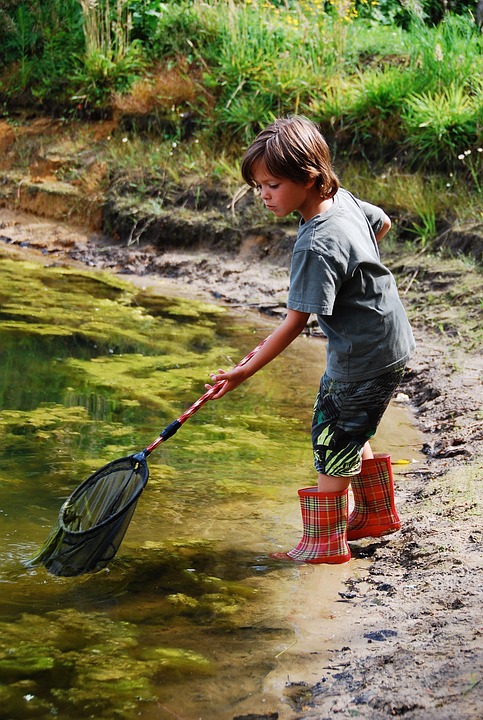Preventing and Managing Fish Tank Waterborne Illnesses
Introduction:
Fish tank waterborne illnesses can be a significant concern for aquarium owners. These illnesses can spread quickly and severely impact the health and wellbeing of your fish. However, with proper preventative measures and effective management strategies, you can maintain a healthy aquatic environment for your beloved underwater companions. In this article, we will explore various ways to prevent and manage fish tank waterborne illnesses, along with a useful FAQs section to address common concerns.
Table of Contents
Understanding Fish Tank Waterborne Illnesses
Preventative Measures for a Healthy Aquarium
2.1 Regular Water Quality Testing
2.2 Maintaining Optimal Water Conditions
2.3 Quarantine New Fish
2.4 Avoid Overcrowding the Tank
2.5 Proper Nutrition and Feeding Practices
2.6 Regular Tank Maintenance
Managing Waterborne Illnesses
3.1 Identifying Symptoms
3.2 Isolating Affected Fish
3.3 Treating the Tank
3.4 Administering Medications
3.5 Seeking Professional Help
Frequently Asked Questions (FAQs)
Understanding Fish Tank Waterborne Illnesses
Before diving into prevention and management strategies, it is crucial to have a basic understanding of waterborne illnesses that can affect fish in aquariums. These illnesses are typically caused by bacteria, parasites, fungi, or viruses present in the aquarium water. Common examples include ich (white spot disease), fin rot, dropsy, and velvet disease.
Preventative Measures for a Healthy Aquarium
Maintaining a healthy environment is the first line of defense against fish tank waterborne illnesses. Here are some preventative measures you should consider:
1. Regular Water Quality Testing
Regularly testing the water parameters, such as pH, ammonia, nitrite, and nitrate levels, is essential for preventing waterborne illnesses. Invest in a reliable water testing kit and monitor the parameters closely. Address any imbalances promptly to prevent stress and disease among your fish.
2. Maintaining Optimal Water Conditions
Fish thrive in specific water conditions. Ensure the temperature, pH, and hardness of the water match the requirements of the fish species you keep. Sudden changes or extreme conditions can weaken their immune system, making them more susceptible to illnesses.
3. Quarantine New Fish
Introducing new fish to your aquarium without proper quarantine is a common mistake. Isolating new arrivals in a separate tank for at least two weeks allows you to observe their health and behavior. This practice helps prevent the introduction of diseases into your main tank.
4. Avoid Overcrowding the Tank
Overcrowding is a leading cause of stress and disease in fish. Ensure your aquarium provides sufficient space for each fish species to swim and thrive. Overcrowded tanks can lead to poor water quality due to excessive waste production, promoting the growth of harmful pathogens.
5. Proper Nutrition and Feeding Practices
A balanced and nutritious diet is vital for maintaining fish health and boosting their immune system. Avoid overfeeding, as uneaten food can decompose and pollute the water. Feed your fish small portions and remove any excess food after a few minutes.
6. Regular Tank Maintenance
Perform regular maintenance tasks, such as partial water changes, cleaning filters, and removing debris. These activities help maintain optimal water quality and reduce the risk of waterborne illnesses.
Managing Waterborne Illnesses
Despite taking preventive measures, waterborne illnesses can still occur. Here are some effective strategies for managing these illnesses:
1. Identifying Symptoms
Being able to recognize the symptoms of common fish illnesses is crucial. Look out for signs like abnormal swimming behavior, loss of appetite, changes in coloration, visible spots or lesions, frayed fins, or excessive mucus production. Prompt identification can aid in early intervention.
2. Isolating Affected Fish
If you suspect a fish is suffering from a waterborne illness, promptly isolate it in a separate tank or quarantine aquarium. This prevents the illness from spreading to other healthy fish and provides a controlled environment for treatment.
3. Treating the Tank
In some cases, waterborne illnesses can affect the entire tank population. In such situations, it may be necessary to treat the entire aquarium. Remove any carbon filtration and follow the instructions of appropriate medications or treatments to combat the specific illness.
4. Administering Medications
Consult with a fish health professional or veterinarian to determine the most suitable medication or treatment for the specific illness affecting your fish. Follow the instructions carefully, as improper use can harm both the fish and the tank’s ecosystem.
5. Seeking Professional Help
If your efforts to manage the waterborne illness are unsuccessful or if the situation worsens, it is advisable to seek professional help from an aquarium specialist or fish veterinarian. They can provide expert advice and help develop a tailored treatment plan to address the specific illness.
Frequently Asked Questions (FAQs)
Q1. How often should I test the water quality in my aquarium?
Q2. Can I use tap water directly in my tank?
Q3. How long should I quarantine new fish?
Q4. What are some signs of stress in fish?
Q5. How do I clean my aquarium filter?
Q6. Can I use natural remedies to treat waterborne illnesses?
Q7. Should I separate sick fish from the healthy ones?
Q8. What should I do if my fish stops eating?
Q9. Can I use human antibiotics to treat fish illnesses?
Q10. How can I prevent waterborne illnesses from recurring in my tank?
Remember, by implementing preventative measures, promptly identifying symptoms, and taking appropriate action, you can prevent and manage waterborne illnesses effectively, ensuring a healthy and vibrant aquatic environment for your fish.









